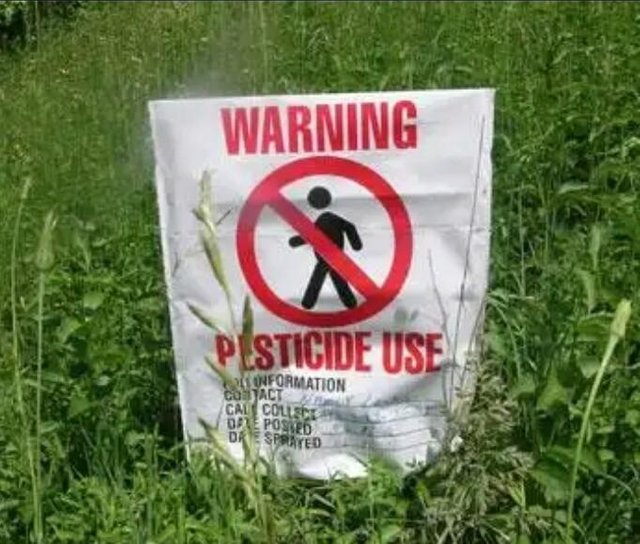
Toxic host.
Resistance to pests due to the continued use of pesticides or continuous groups of compounds with incorrect doses.
The occurrence of resurjensi, the population of the next generation hes just increased after the application of pesticides. This incident is the result of killing the natural enemy when done pesticide application. It can also be due to the stimulation of pest egg production due to the use of certain insecticides at certain dosage levels.
The emergence of secondary pests. With the destruction of major pests, natural enemies of major pests and even natural enemies of secondary pests are killed. As a result secondary pests are growing rapidly and instead play a major pest role.
Destructive creatures such as predators pollinating insects, parasites, and pathogens.
pollute the environment, such as water, air, and so forth.


Has low oral toxicity.
Has low dermal toxicity.
Not persistent. Pesticides do not survive in soil, plants and water For example, Aldrin and Di eldrin can survive for up to 10 years in the soil so that these active pesticides are not permitted for use by the local area.
Leave no residue on the plant.
Not applicable start.
6, Effective on target organisms.
Has a narrow spectrum or high selectivity. It means that the murdered only the intruder body while the other living body is not killed.
Not fitotoxis, that is not poison the plants themselves.
Does not cause resistance or the emergence of the nature keke. balan against pest organism or Target organism.
Easy to get and cheap price.
Non-combustible or explosive.
Can be stored long without reducing quality.
No damage to the tool.
Thanks to everyone, may we choose and use pesticides that do not kill beneficial ecosystems. Hopefully in the future we can switch to organic farming system to make our life healthy and not kill other ecosystems
Source: Rini Wudianto (Guidelines for Pesticide Use)
We use no man made pesticides on our permaculture farm and choose to work with mother nature and not against her.
Thanks for posting
Downvoting a post can decrease pending rewards and make it less visible. Common reasons:
Submit
That is a very good thing, thanks.
Downvoting a post can decrease pending rewards and make it less visible. Common reasons:
Submit